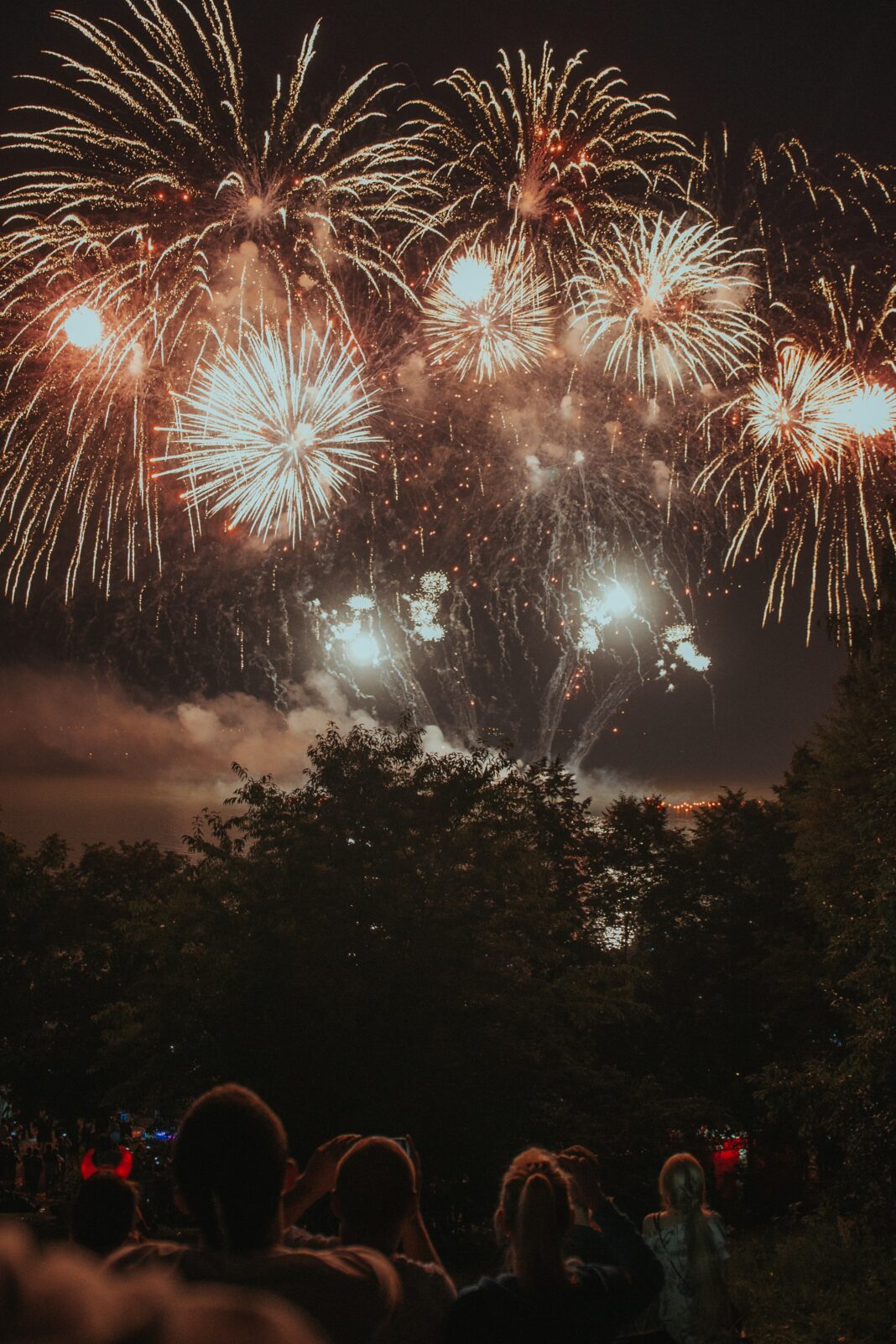SAN FRANCISCO—The San Francisco Fire Department tweeted on Tuesday, December 29 that because fireworks are so dangerous, they are not allowed to be used for the upcoming New Year’s celebration.
A study done in 2019 by the U.S. Consumer Product Safety Commission (CPSC) about the number of deaths related to fireworks indicated that an estimated 7,300 injuries (or 73 percent of the total related injuries) were related to the use of fireworks.
Of those 7,300 injuries, 66 percent were males and 34 percent were females, and “Children younger than 15 years of age accounted for 36 percent of the estimated fireworks-related injuries,” the study indicated.
The SFFD tweeted:
“#SFFDNYE2020SAFE FIREWORKS IN SAN FRANCISCO ARE ILLEGAL FOR A REASON; THEY ARE DANGEROUS, CAUSE PROPERTY DAMAGE, CAUSE INJURIES, AND IN SOME CASES CAN RESULT IN DEATH. PLEASE DO NOT INCLUDE FIREWORKS IN YOUR #NYE2020 PLANS. STATS: https://cpsc.gov/s3fs-public/2019-Fireworks-Annual-Report.pdf?La_ZzaoEeI_FXhMNJSoIyO8BhrBbcA4B.”
The CPSC noted they found that 30 percent of the time, hands and fingers were injured and 23 percent of the time legs were injured. Eye injuries accounted for 15 percent, and the study said arms were injured 10 percent of the time. Any injuries around the head, face, and ears accounted for 15 percent of the time, the study indicated.
Burns were the most common injury, with approximately 87 percent of people having to go to the emergency hospital, the study highlighted. The CPSC reported that most of the victims fully recovered and that most of the injuries were “associated with misuse or malfunctions of fireworks.”
The CPSC said they found a case where a 5-year-old boy was with his mother watching the fireworks on their street. Another child unintentionally knocked over a lit firework and when it went off, it burned the boy’s right ring finger.
Another case the CPSC used was an incident involving a young girl who was cleaning up fireworks when she picked one up that was still lit. It went off while she was holding it, catching her clothes on fire. The CPSC said she suffered third-degree burns.
The CPSC published these safety tips about the use of fireworks on their website:
- Never allow young children to play with or ignite fireworks.
- Avoid buying fireworks that are packaged in brown paper because this is often a sign that the fireworks were made for professional displays and that they could pose a danger to consumers.
- Always have an adult supervise fireworks activities. Parents don’t realize that young children suffer injuries from sparklers. Sparklers burn at temperatures of about 2,000 degrees – hot enough to melt some metals.
- Never place any part of your body directly over a fireworks device when lighting the fuse. Back up to a safe distance immediately after lighting fireworks.
- Never try to re-light or pick-up fireworks that have not ignited fully.
- Never point or throw fireworks at another person.
- Keep a bucket of water or a garden hose handy in case of fire or other mishaps.
- Light fireworks one at a time, then move back quickly.
- Never carry fireworks in a pocket or shoot them off in metal or glass containers.
- After fireworks complete their burning, douse the spent device with plenty of water from a bucket or hose before discarding it to prevent a trash fire.
- Make sure fireworks are legal in your area before buying or using them.
The National Safety Council published some safer alternatives for people to use instead of sparklers, like glow sticks, colored streamers, and confetti poppers. Go to https://www.cpsc.gov/Safety-Education/Safety-Education-Centers/Fireworks for more information about the use of fireworks.







